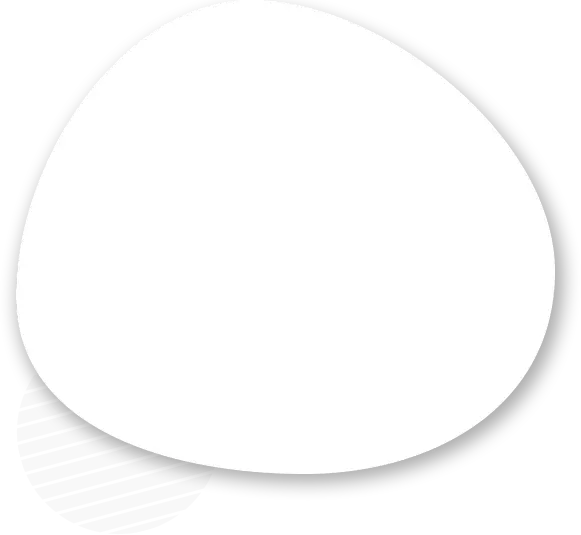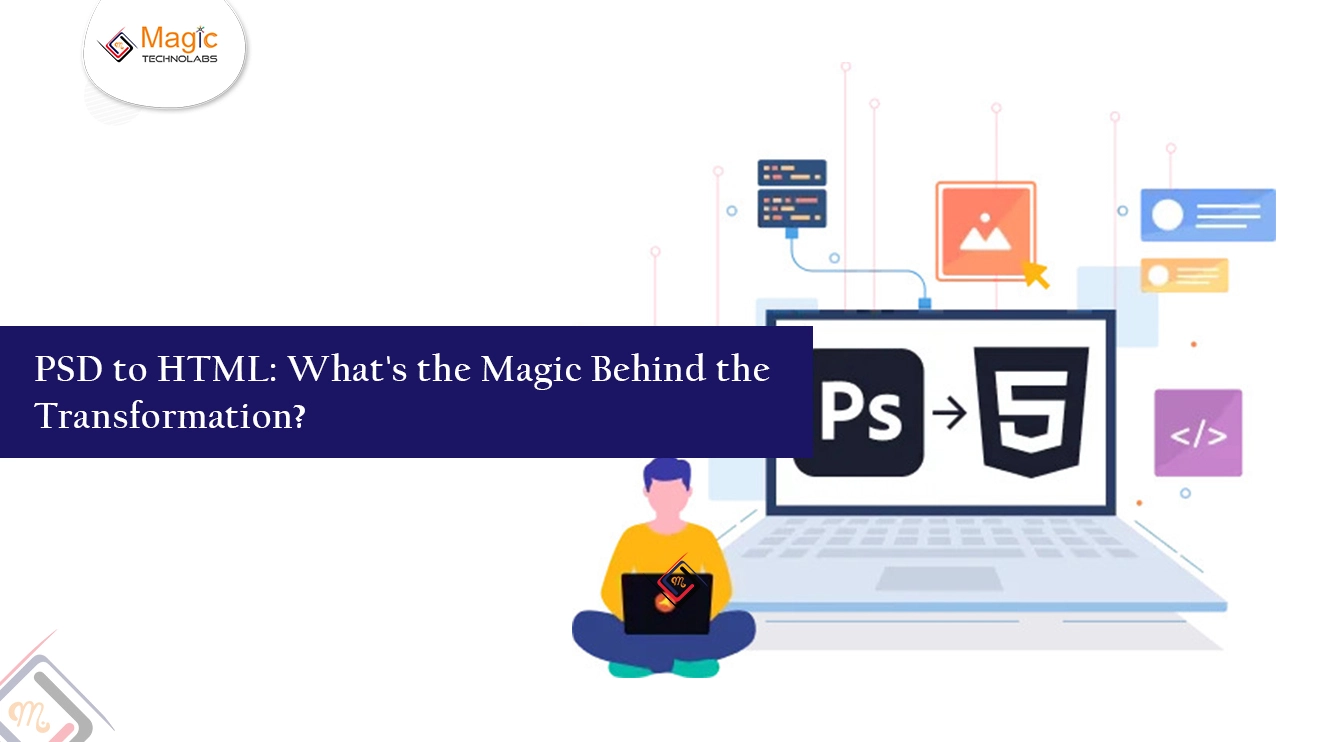In the dynamic world of web development, the process of transforming a static PSD (Photoshop Document) design into a dynamic HTML (Hypertext Mark-up Language) webpage is nothing short of magic. This alchemical process, known as PSD to HTML conversion, involves intricate steps that bring visual designs to life on the web.
Understanding PSD to HTML Transformation:
1. Design Slicing: The process begins with slicing the PSD design into individual elements, such as images, buttons, and sections. This meticulous slicing ensures that each design component can be translated seamlessly into HTML.
2. Coding Structure: HTML serves as the backbone of web content. Web developers use HTML to create the structure of the webpage, defining elements like headers, paragraphs, and lists. This step establishes the groundwork for the upcoming magic.
3. CSS Styling: Cascading Style Sheets (CSS) work their enchantment by adding style and visual appeal to the HTML structure. CSS is responsible for defining colors, fonts, spacing, and overall layout, ensuring the webpage looks as captivating as the original design.
4. Responsive Design Magic: In today's mobile-centric world, the magic of PSD to HTML extends to responsive design. Developers employ techniques like media queries to ensure the webpage adapts seamlessly to various devices and screen sizes.
5. JavaScript Enhancements: The magic wouldn't be complete without JavaScript. This scripting language introduces interactivity, dynamic content, and enhances user experience. From sliders to interactive forms, JavaScript brings the webpage to life.
Why It's Magical:
Pixel-Perfect Precision: PSD to HTML conversion aims for pixel-perfect precision, ensuring that the final webpage mirrors the original design with utmost accuracy.
Cross-Browser Compatibility: The magic extends to cross-browser compatibility, making sure the webpage functions seamlessly across different web browsers.
SEO Enchantment: Properly coded HTML contributes to search engine optimization (SEO), enhancing the webpage's visibility and ranking on search engines.
In conclusion, the magic behind PSD to HTML transformation lies in the seamless translation of static designs into interactive and visually stunning web experiences. This alchemy, performed by skilled web developers, turns design files into the dynamic and captivating websites we interact with daily.
















